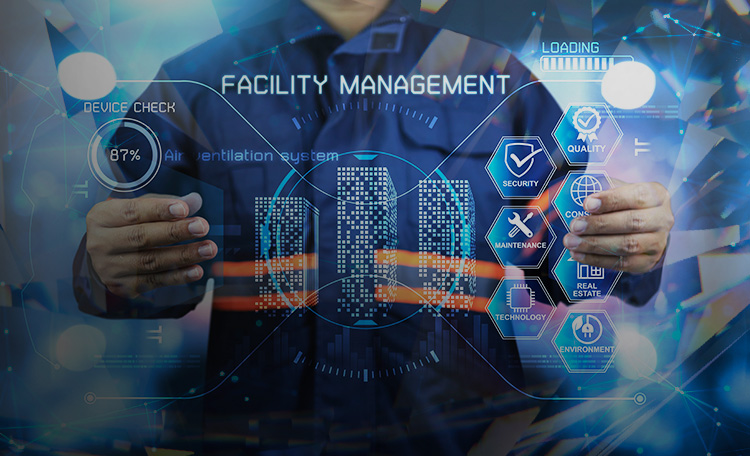However, human activities such as burning fossil fuels and deforestation have increased concentrations of greenhouse gases (GHGs) such as carbon dioxide (CO₂), methane (CH₄) and nitrogen oxides (NOₓ), resulting in global warming and climate change.
This has serious consequences, such as an increase in average global temperatures, melting polar ice caps and rising sea levels.
Impact of building operations on GHG emissions
Commercial and residential buildings contribute significantly to GHG emissions, particularly in three main areas:
Energy consumption: Much of the energy used in building operations comes from non-renewable sources, such as natural gas, resulting in CO₂ emissions. Lighting, heating, ventilation, air conditioning (HVAC) systems, and electronic equipment are the main contributors.
Transportation and internal logistics: The transportation of people and materials also generates emissions, mainly due to the use of fossil fuel-powered vehicles.
Direct emissions from equipment: Equipment such as boilers and generators, as well as refrigerant gas leaks, directly release GHGs, many of which have a very high global warming potential (GWP).
Classification of GHG emissions
According to the GHG Protocol (Greenhouse Gas Protocol), emissions from building operations are classified into three scopes:
Scope 1: direct emissions, such as the combustion of fuel in boilers or the release of refrigerant gases.
Scope 2: indirect emissions related to the consumption of electrical energy.
Scope 3: additional indirect emissions, such as those from the supply chain
Strategies to reduce GHG emissions in building operations
Improving energy efficiency: implementing LED lighting, efficient air conditioning and automation systems to optimize energy consumption are some examples.
Using renewable energy: investing in solar photovoltaic and wind energy to reduce emissions associated with electricity.
Managing refrigerant gases: maintaining refrigeration systems and replacing high-GWP gases with more sustainable alternatives.
Sustainable mobility: encouraging the use of public transportation, bicycles and electric vehicles among employees, among others.
Waste management: recycling and composting programs help mitigate methane emissions generated in landfills, for example, among other waste management initiatives.
LEED certification and the reduction of GHG emissions
LEED (Leadership in Energy and Environmental Design) certification plays a key role in reducing GHG emissions in buildings.
For building operations, LEED O+M (Operation and Maintenance) certification promotes sustainable practices that contribute to the reduction of CO₂ and other gases.
In addition, for new construction, LEED BD+C integrates strategies from the planning stage to maximize energy efficiency and reduce the carbon footprint of materials.
The main practices promoted by LEED include:
Energy audits to identify savings opportunities
Continuous energy monitoring with automation systems
Encouragement of the use of renewable energy, both on-site and off-site
Reduction of direct emissions by replacing boilers and generators with more efficient equipment
In addition, certification promotes efficient water management, reducing consumption and energy use associated with pumping and heating.
Certification also encourages the development of sustainable mobility plans and the implementation of waste management practices.
Economic and social benefits of LEED certification
LEED certification not only reduces GHG emissions, but also offers economic benefits, such as reducing operating costs and creating healthier environments for building occupants.
This contributes to employee well-being and operational efficiency, in addition to reinforcing companies' commitment to global sustainability goals.

